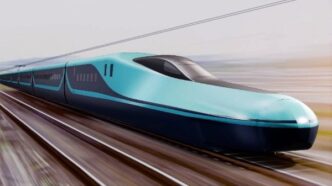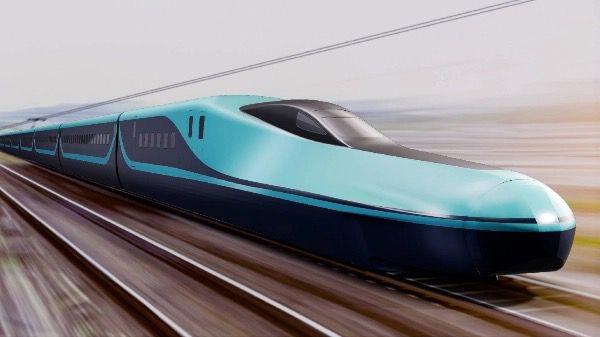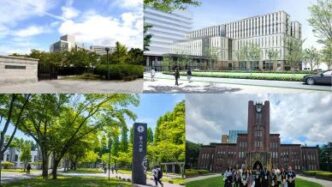The Indian government is pushing for deeper Japanese involvement in its ambitious high-speed rail project, signaling growing cooperation between the two nations in advanced mobility and infrastructure development.
According to informed sources, New Delhi expects Japan to bid for additional routes beyond the Mumbai-Ahmedabad corridor, which is already under construction using Shinkansen bullet train technology. India plans to build a high-speed railway network stretching 7,000 kilometers by 2047—more than double the current length of Japan’s famed Shinkansen network—marking the centenary of India’s independence.
Preliminary surveys are underway for new routes, including a proposed line between New Delhi and Varanasi.
A key milestone is expected later this month when Prime Minister Narendra Modi visits Japan for a summit with his counterpart, Prime Minister Shigeru Ishiba, around August 29. The two leaders are set to sign a “next-generation mobility partnership”, a comprehensive cooperation framework for the western route. The agreement will formalize the use of East Japan Railway’s cutting-edge E10 series Shinkansen, which is slated to debut in India in the early 2030s—around the same time it begins service in Japan.
India aims to partially launch its first high-speed rail services in 2027 before gradually introducing the E10 series.
The negotiations mark a shift in India’s approach. Last year, New Delhi indicated Japan would not be allowed to participate in other high-speed rail projects, but has since reversed its stance. Japan, eager to secure new contracts, is reportedly considering proposals such as raising operating speeds to meet India’s expectations.
Alongside rail cooperation, the Modi–Ishiba summit is expected to address expanding people-to-people exchanges, enhancing collaboration in semiconductors, and updating the 2008 joint declaration on security cooperation.
A special program is also being planned for Modi to meet Indian trainees in Japan who are undergoing skill development to become future Shinkansen drivers—symbolizing the long-term commitment to human resource development in this flagship project.
If successful, the partnership could become a cornerstone of India–Japan relations, combining Japan’s technological expertise with India’s massive infrastructure push to reshape connectivity across South Asia.

















